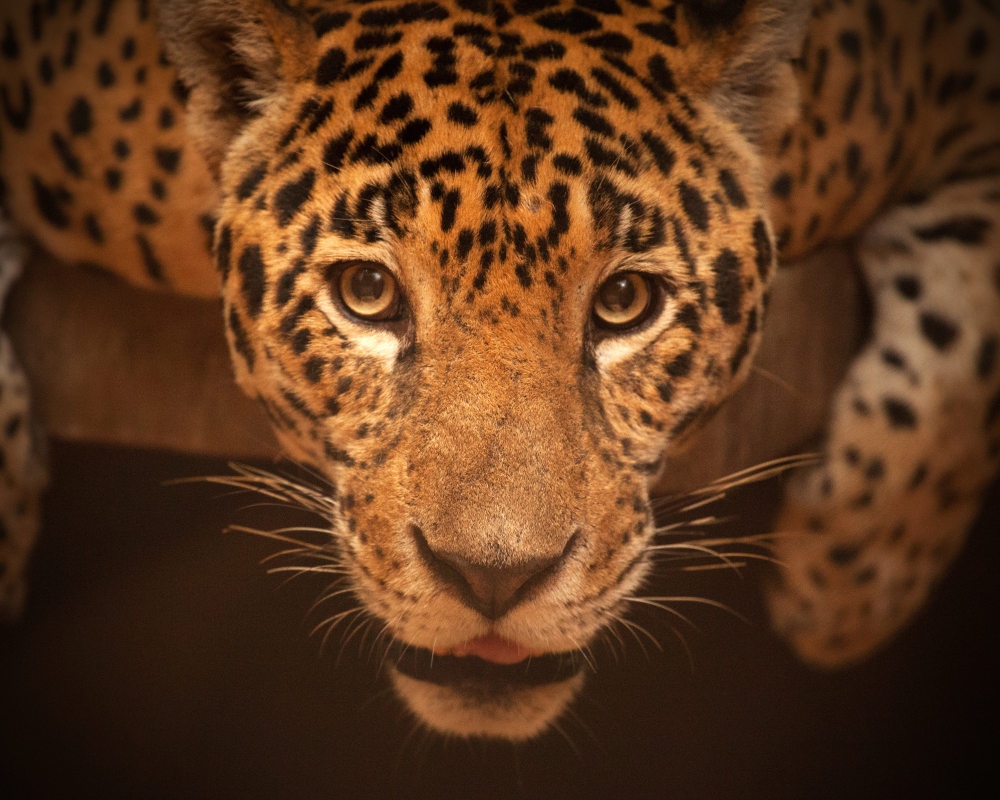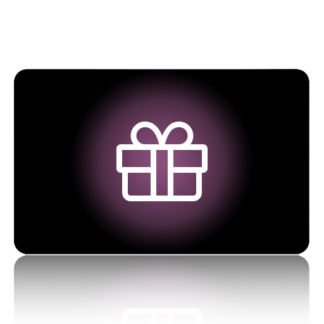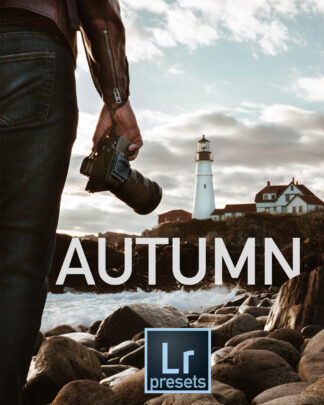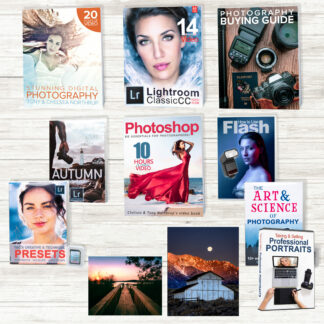
Sometimes the “business” of photography reminds me of this old children’s nursery rhyme:
All around the mulberry bush,
The monkey chased the weasel.
The monkey stopped to pull up his sock,
Pop goes the weasel.
As a metaphor it’s a bit of a stretch I grant you, but the more you think about it the more it makes some kind of quirky sense. Assuming for a moment that we’re the monkey and the weasel represents success, money or recognition (take your pick.) We chase after it in circles until we’re exhausted, stopping only briefly for a respite, and then suddenly there it is: Pop goes the weasel. A new moneymaking idea jumps out of the box.
Bartering. It’s the new “old” idea. It’s the ancient practice of trading goods or services for another person’s goods or services of equal value. Bartering has a lot of benefits, it’s an exchange based on negotiated value not on retail prices, it’s a currency of exchange, not money, and you can do it anywhere at anytime. Photography is a natural commodity. People always want great photographs of themselves, their family, their pets, their homes and their business. Sometimes they just want beautiful wall art. The one thing they don’t want is to pay for it.
You can make money by saving money. What’s the difference between having money in the bank because you charged for goods and services, or if you have money in the bank because you didn’t have to buy goods and services? None. If you want to make money with your photography it doesn’t mean you have to be paid for your photography in dollars. Exchanging goods and services can be very cost-effective. Lets get away from using the term money and instead refer to currency.
Does bartering work? Absolutely. I have been travelling the world full-time for over four years, and I have successfully bartered my photographic services on a number of occasions. How does it work? Bartering and networking often go hand-in-glove, and can lead to a lucrative and different form of success and remuneration. Lets put a finer point on it, have you heard the old adage: It’s not what you make but what you save? Bartering is a form of saving and in that sense it’s cash-in-hand (cash unspent.) Here are some recent true-life examples of things I’ve bartered for:
- I bartered my photographic services for access to the Kaxil Kiuic Biocultural Reserve and Puuc Jaguar Conservation sites in Yucatan, Mexico. I had unlimited and unfettered access to these private scientific research centers for weeks at a time, both of which are unavailable to the general public except by rare invitation. My transportation, housing and food expenses were all covered, and I was permitted to work with many of the scientists and photographically document their efforts. I was later approached by the directors of these two institutions and asked to become their unofficial “official” photographer. I quickly accepted.
- In Guatemala I did a real estate shoot for an expat couple wanting to sell their home. As luck would have it they owned a cigar lounge in the city offering premium cigars and world class single-malt Scotch whisky. They wanted marketing photos and I wanted those cigars and whisky. Buying premium cigars and quality Scotch can rack up the bucks in a hurry, so a trade was a great way to go. I made money by saving money. Is it starting to make sense now?
- In Panama I wanted to go on a jungle trek with one of the better wilderness guides, but he was expensive. A day of trekking was going to set me back about $350 USD. He was interested in my being a photographer, and guaranteed I would get some great wildlife shots if I booked him. In casual conversation he mentioned that his wife really wanted some photos of their kids before they got much older. Problem solved, we exchanged an all day jungle trek for a family photoshoot. We were both happy, and no money ever changed hands.
These are just a few of many examples. When I can’t charge for my work I will often consider bartering for needed goods and services. By using this form of currency I save money, and by saving money I am actually making money. Pop goes the weasel, a new “old” idea and a different way of conducting business. How do you get started? I’ve been travelling in Latin America for quite a spell, and bartering down here is a way of life. Not so much for Norte Americanos in the United States. Here are a few quick tips you might consider.
1. The Goal
Understand what it is you want and what you’re willing to give. Do you want access to a restricted scientific research facility, cigars and Scotch or a jungle trek? You can barter for anything. Maybe you need some dental work and your dentist needs some new office wall art. Maybe your significant other would like a day at the spa and the spa might need some marketing photos. You need your taxes prepared and your preparer needs some family photos. Saving money on goods and services is the same as making money (sometimes better).
2. The Meet
All my meetings are face-to-face now that I’m travelling full-time. In this day and age the internet is also a great resource, and you can even join bartering clubs or groups. Knowing what you want will help determine who you want to meet. Networking is also a great way to meet like-minded people, and is a terrific help in building your photography business. Another old adage that has become cliche is: It’s who you know.
3. The Terms
Communication has to be very clear here. What is it that both trading partners are expecting? What is the Quid pro quo? This can be done in writing or with a simple handshake. But everyone needs to know what the expectations are, and more importantly agree to the terms. This has more to do with the goods and services involved in the trade, the value of the trade is next.
4. The Negotiation
This is where you establish value and agree on that value upfront. Again communication must be very clear and precise. You know what your photography is worth, or at least you should know. If you don’t you better get busy and determine that worth pronto. Value is predicated on quality, competency, consistency and demand. I’ve said enough, it’s up to you to figure out the rest.
5. The Execution
Finalizing the exchange. They do their part and you do your part. Simple. A successful bartering session is when both parties walk away satisfied, it’s called a win-win situation. Hopefully you’ve made a new friend, business contact and referral source.
Final thoughts. Saving money is making money. Bartering your photography is an ideal way to make money. It can be a win-win situation. Technically, bartering is considered income by the IRS, and you’re supposed to declare FMV (Fair Market Value) for the exchange. However, payment usually involves no cash or audit trail so I will leave that up to you and the IRS. Think out of the box. Explore new and different ways to gain exposure and market your business. When at first you don’t succeed think: Pop goes the weasel.
Want to learn how to make money taking pictures? Go here to read another great post!





